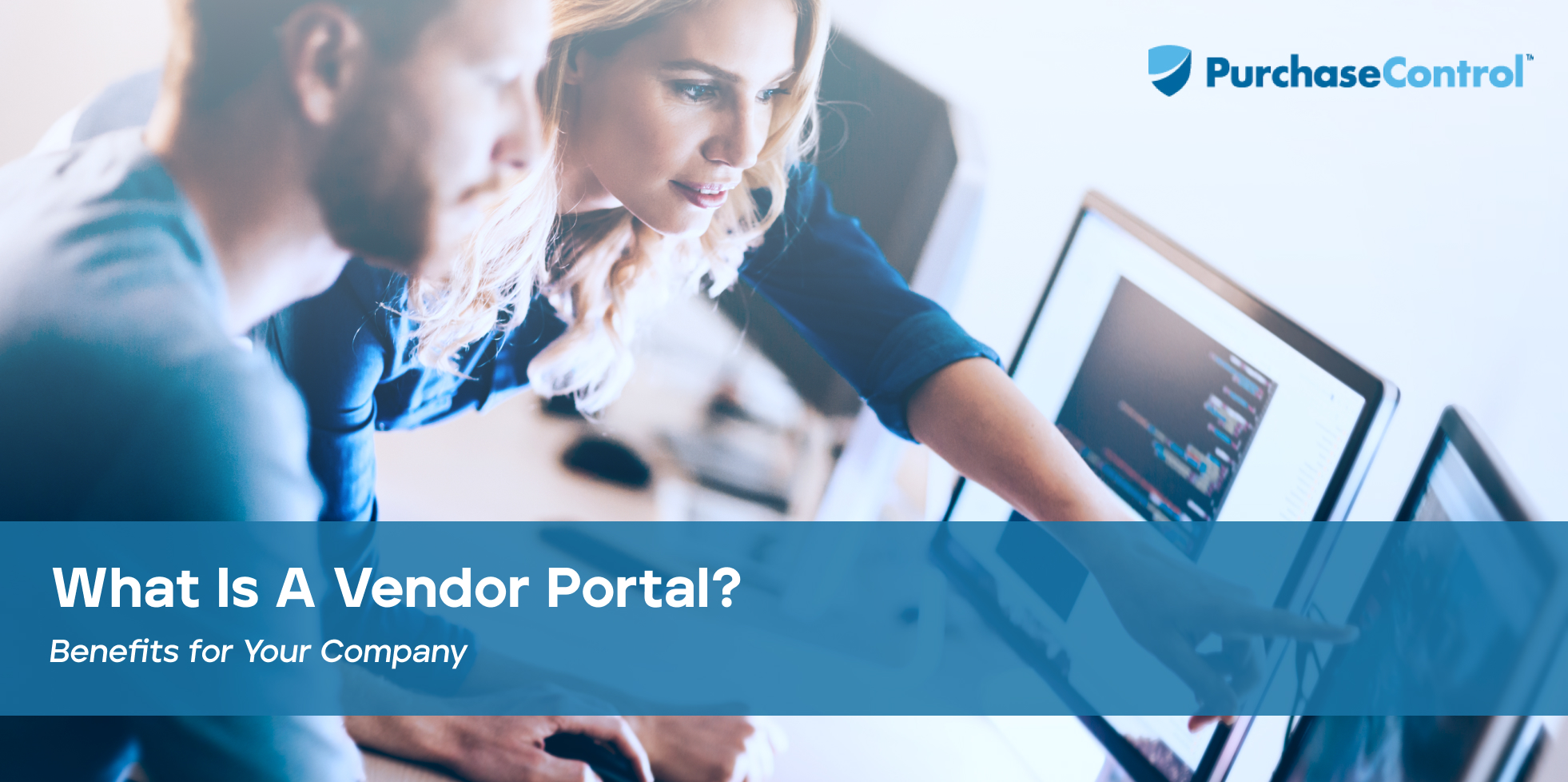What Is A Vendor Portal?
A vendor portal, also known as a supplier portal is an e-procurement solution that allows organizations to connect with and manage third party suppliers of goods and services. It is a secure management system that helps companies network with many suppliers to streamline their procurement process, across the entire supply chain.
This approach provides a number of benefits in addition to the opportunity to work with and communicate with your suppliers in a safe, secure, efficient online environment.
Typically, a supplier portal is a software-as-a-service (SaaS) that’s hosted, maintained, and supported by an ecommerce solutions provider. You as a seller have no need for any additional hardware or infrastructure for you to run the system.
“Supplier portals offer vendor self-service options to reduce time-consuming tasks.”
A supplier portal system removes manual effort required throughout the procurement process. It automatically majority of the tasks that someone would normally have to complete manually, for both the company and the supplier.
Suppliers have a system to make their job easier that provides all of the updates the company needs without any manual hard work.
Today, many organizations create purchase orders within their ERP and finance system. Then, they manually email PDF copies of those purchase orders to their suppliers.
However, depending on a number of factors such as the size of the supplier and their attentiveness level, the process of creating a purchase order to products being received and paid for by the supplier may need a lot of manual work.
Generally speaking, a purchase order is emailed to a supplier who neglects to respond for a certain amount of time. To meet expectations for their customers, organizations require an expected delivery date of the product. Not surprisingly, companies need to chase the information which in turn results in additional manual work and more efforts to update the information in the ERP system if they are lucky enough to have no need to follow up more than once for the same request.
Businesses can raise purchase orders efficiently and conveniently so that the supplier receives access when the process is key to success and a prerequisite for a vendor portal. Real-time integration with the ERP system is important and a key requirement for speed, accuracy, and error elimination.
A supplier management system keeps all purchased quotes and orders that are created within the ERP system requiring no external tools. The supplier can conveniently access and manage those quotations and orders.
Companies benefit from an ERP integrated supplier portal system because it:
- Automatically issues purchase orders and purchase order quotes to suppliers once they are created
- Makes it easy for the supplier to access the PO once it has been received
- Allows the supplier to confirm the PO and conveniently on delivery date and any related invoices
- Allows for automatic updates within the ERP to include the expected price and confirmation of possible delivery dates once they have been entered into the purchase order quotes by the supplier.
- Automatically updates the ERP with expected delivery dates once and third to the purchase order by the supplier
- Automatically update the supplier and internal staff of a change in the purchase order
- Keeps a log of every event associated with each purchase order.
After you choose a vendor portal solution, you will need to spend a bit of time on vendor onboarding, and helping with vendor registration. Initially, this will take a bit of time, but in the end, the business processes are streamlined and automation makes the investment worth it.
The Benefits of a Vendor Portal System
A vendor portal can offer a company many benefits, but those ultimately depend on the functionality of each portal. Take a look at some of the main benefits you should look for as a minimum requirement for your vendor management solution.
Real-Time ERP Data Integration
Ideally, the portal should give both suppliers and merchants a shared, single view of data that integrates directly with the ERP.
Before vendor portals were available, buyers and suppliers viewed data in their own business applications. Most of the time, that information was out of sync.
Real-time ERP integration is crucial for speed, error elimination, and accuracy. It also ensures you only have to maintain data in one system – the ERP.
Any changes you or the supplier makes should be automatically reflected in the other system. This saves both parties time in that they don’t have to update multiple systems all the time. It adds transparency and clarity to the process.
Reduce Manual Administrative Tasks
With the portal, you’ll not only reduce time-consuming manual tasks, but you’ll also be able to provide copies of statements, invoices, documents, etc. Because the portal automates a lot of supplier management, your administrators’ workload is reduced, which saves time and effort that can be redirected to more valuable tasks.
Supplier Account Management
Using a portal allows suppliers to log in and view their own account information, including a history of open and closed quotes, purchase orders, invoices, delivery dates, and more. The information they get helps them to self-serve.
Each supplier has their own single access point within the portal to update their account information. The merchant should be able to see those updates directly within their ERP at the other end.
Automated Notifications and Reminders
Suppliers should receive notifications and reminders at various stages of the process. These are usually sent by email, to remind or notify suppliers about actions they need to take throughout the procurement process.
This way, you and your suppliers don’t need to send notifications and reminders to each other for proceeding with the next actions whenever there is a delay.
The portal automatically handles it for you, so that neither party has to keep following up until the process is complete.
Audit Trail
Also known as an action long, your vendor portal should make it easy for you to keep track of any and all actions taken on purchase orders. This approach adds more tracking to check the progress as the supplier fulfills the purchase order.
Admins should be able to choose from a list of purchase orders and view the audit trail over time for any given PO. Every event should track the action taken, the time it was taken, and the IP address of the user who processed the event.
This way, you always know who took what action through any step of the procurement process. If there’s ever a misunderstanding or mistake, then you review the change history and work to rectify the issue before it becomes a bigger problem.
Anyone in the procurement industry knows how time-consuming managing a supplier database can be. Entering data, following up with vendors, updating actions and other tasks can not only be frustrating, but can lead to a number of unnecessary errors, oversights, and risks.
Using a vendor portal, though, streamlines and automates the procurement process so that accurate, current, information is available within a matter of seconds. It’s a self-service portal that makes it easy for retailers to get access to the information they need, when they need it.
Your vendor portal will become an integral part of your procurement process as it helps streamline the workflows while also providing you with a way to easily and securely communicate with your suppliers.
PurchaseControl ensures better supplier management and works with other supplier portals too
Find Out How








